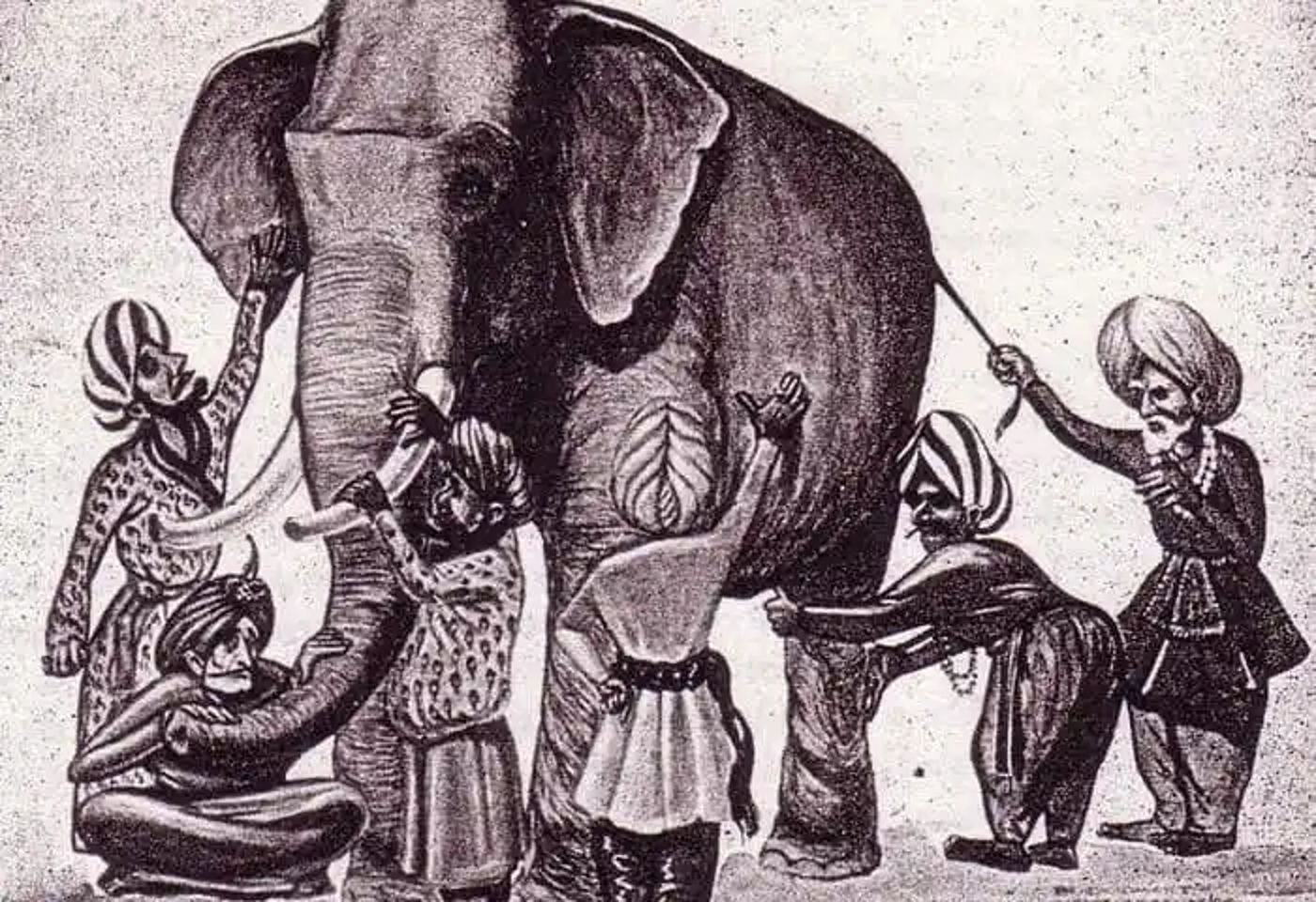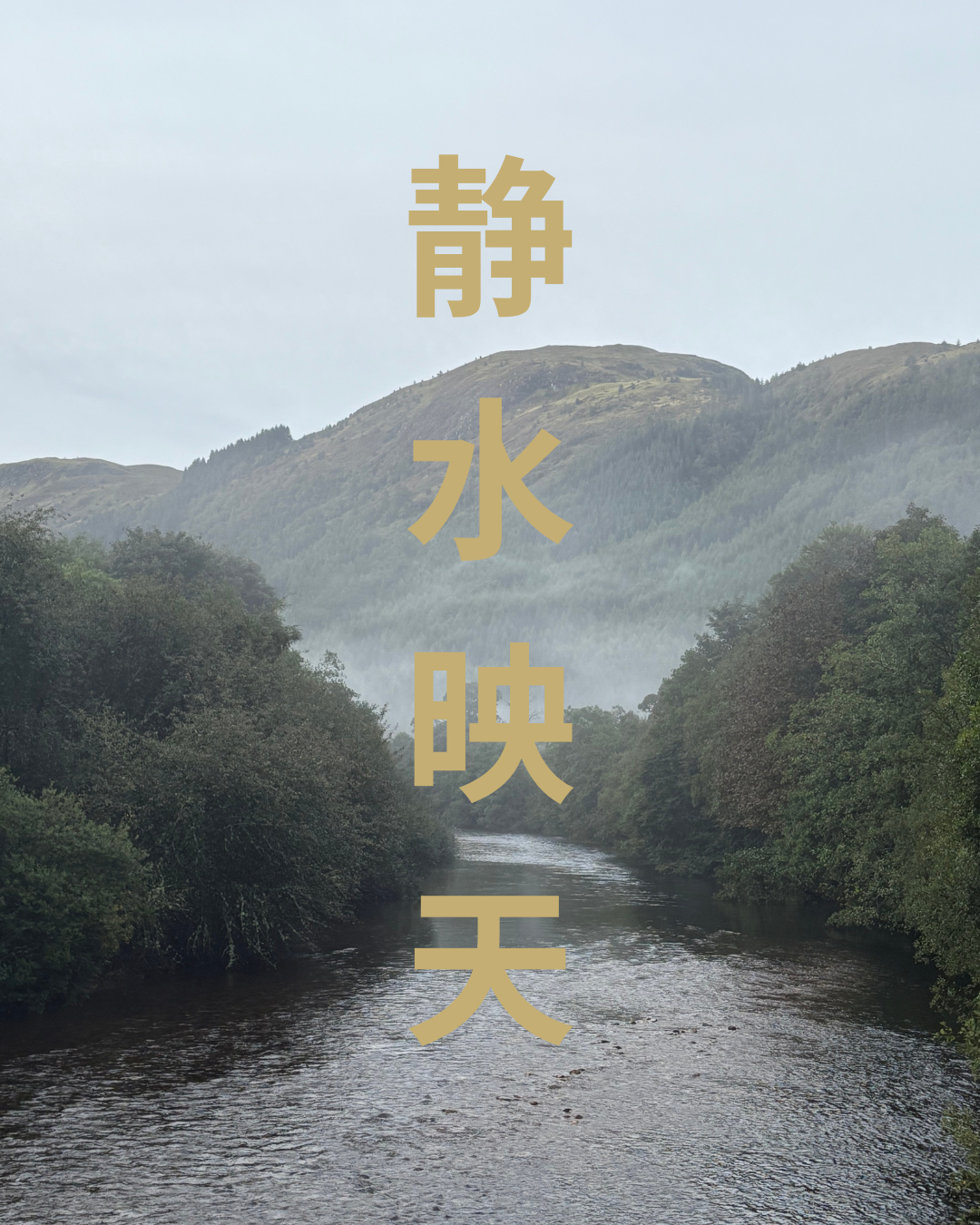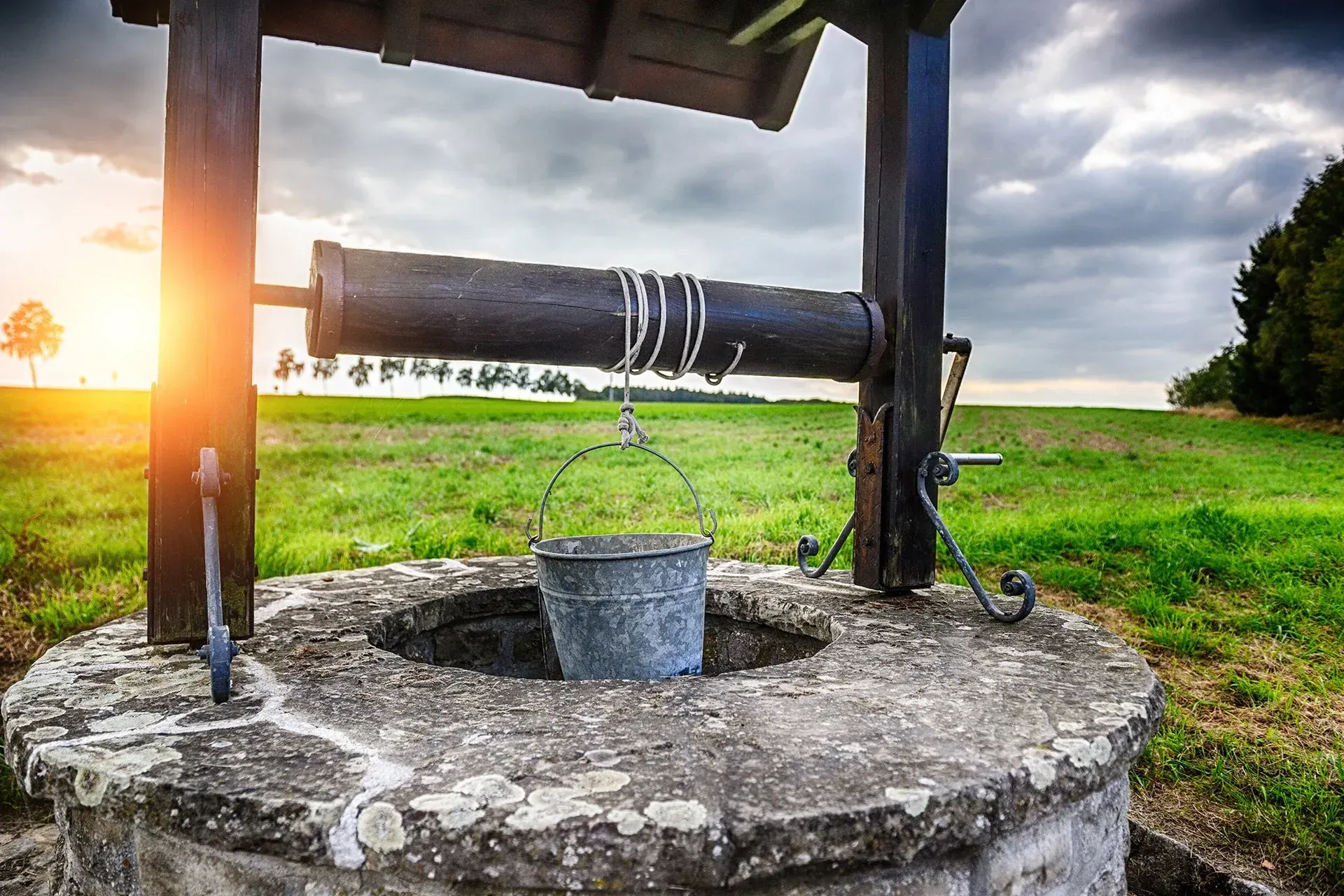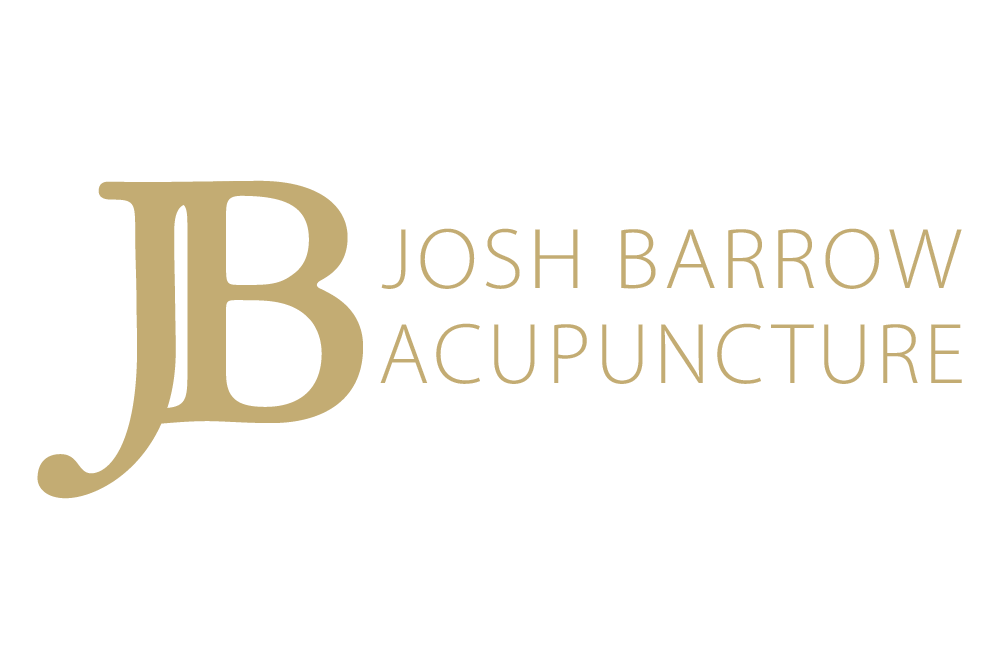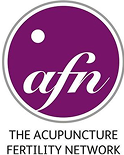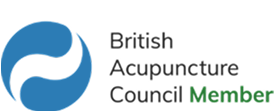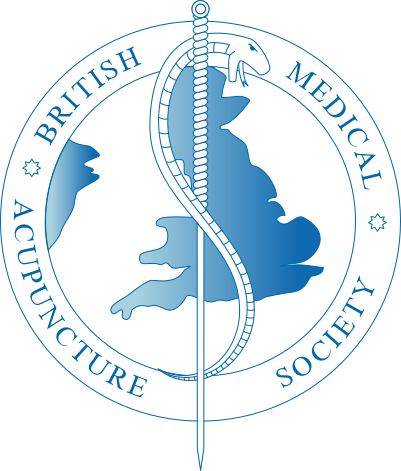August's Point of the Month: Dazhong (大鐘) Kidney 4
This month’s featured acupuncture point is Dazhong (Kidney 4), a powerful point with a wide range of uses, from easing back pain and respiratory issues to supporting emotional well-being. As a Luo-connecting point, it helps balance energy flow, strengthen the body, and address fear-based emotions. With its deep connection to both the Kidney and Lung meridians, it plays a crucial role in grounding and overall health. Acupuncture offers incredible ways to restore balance—discover how this point can support both physical and emotional wellness.
It can be used for so many different conditions including but not limited to:
- Palpitations, fright/fear, palpitations and a reluctance to interact with others
- Cough, asthma, wheezing, shortness of breath
- Chronic lower back pain including stiffness of the lumbar region
- As a local point for heel or ankle issues including pain or strains
So why would they call it Large Goblet? The Kidney's are said to store essence, the fundamental source of life, whilst the paired Water element organ is the Bladder is said to store fluids. We see this in Western Medicine too as the bladder stores fluid until we excrete it. Hence the point's name gives us the sense that this point taps into the energy of the storing nature of the Bladder and Kidney. Additionally, the characters can also serve as an anatomical reminder that the point is on the heel.
From an acupuncture perspective, the point's function is the fact that it is a Luo-connecting point. This is one of the reasons why it can be used in back pain as it connects to the bladder meridian. Partly it works on particularly stiff lumbar regions but it's also said to strengthen the back. The Luo points can also be used in emotional conditions especially wen the root is fear which is where we see a lot of the psychological aspects of how the point may help.
Chinese Medical theory looks at how the different elements and organs interact with each other. The Lungs and the Kidney's have a special relationship which is why this point has an affect on all sorts of respiratory conditions. The Kidneys are the lowest organ anatomically, providing the physical structure of the body through it's storage of essence, but also it provides the fire for all physiological processes within the body through what the Chinese called the fire of 'mingmen'. This energy, the warmth, is sent upwards, which then drives the bodies function. The Lungs are highest organ of the body, described as the canopy in classical texts, who are responsible for the dispersing and descending of qi. Hence, these two elements have a constant exchange where the kidneys send energy upwards until they reach the lungs which then sends the energy back down. A lot of things like shortness of breath in Chinese Medical thought is seen as the kidneys not grounding, or grasping the qi, which is where strengthening the Kidneys help.
In Traditional Chinese Medicine (TCM), the Kidneys are believed to store essence, the fundamental source of life, while the Bladder, the partner within the Water element, stores fluids. This concept aligns with Western medicine, where the bladder stores urine until excretion. The name "Large Goblet" suggests that this point taps into the storing nature of both the essences of fluids. Additionally, the characters in the name may also serve as an anatomical reminder that this point is located on the heel.
From an acupuncture perspective, this point is significant because it is a Luo-connecting point. This characteristic makes it useful for treating back pain, as it connects to the Bladder meridian, which when diagnosing back pain from a Chinese Medicine perspective can often be seen as in an excess in the Bladder and a deficiency in the Kidneys. This point helps to correct this balance between the two. It is particularly effective in addressing stiffness in the lumbar region and is also said to strengthen the back. Luo points are also employed in treating emotional conditions, especially when fear is the root cause. This connection highlights the psychological benefits of this acupuncture point.
Chinese Medical theory examines how the elements and organs interact with one another. The Lungs and Kidneys share a unique relationship, which explains why this point can influence various respiratory conditions. Anatomically, the Kidneys are the lowest organ, providing the physical structure of the body through the storage of essence. They also generate the fire for all physiological processes, known in TCM as the "fire of mingmen." This energy, or warmth, rises upward, driving the body's functions.
Conversely, the Lungs, described as the "canopy" in classical texts, are the highest organ, responsible for the dispersal and descent of qi. These two organs are in constant interaction, with the Kidneys sending energy upward to the Lungs, which then send the energy back down. In Chinese Medical thought, conditions like shortness of breath are often viewed as the Kidneys failing to ground or grasp the qi, which is why strengthening the Kidneys can be beneficial.
One of my favourite point combinations this month: Kidney 4, Kidney 16, Pericardium 6
This combination is really good for a lot of mental health conditions, dealing with fear or fright, as it grounds the qi whilst balancing the energy between Heaven, Earth and Man. I've seen some amazing results in the clinic with this set of points.
Recent Posts
